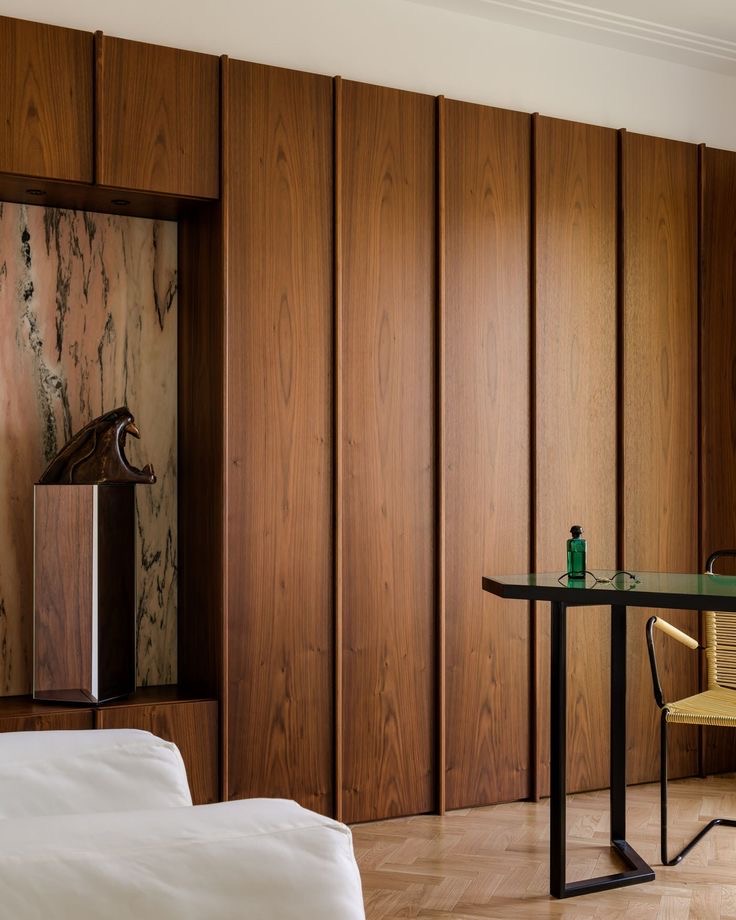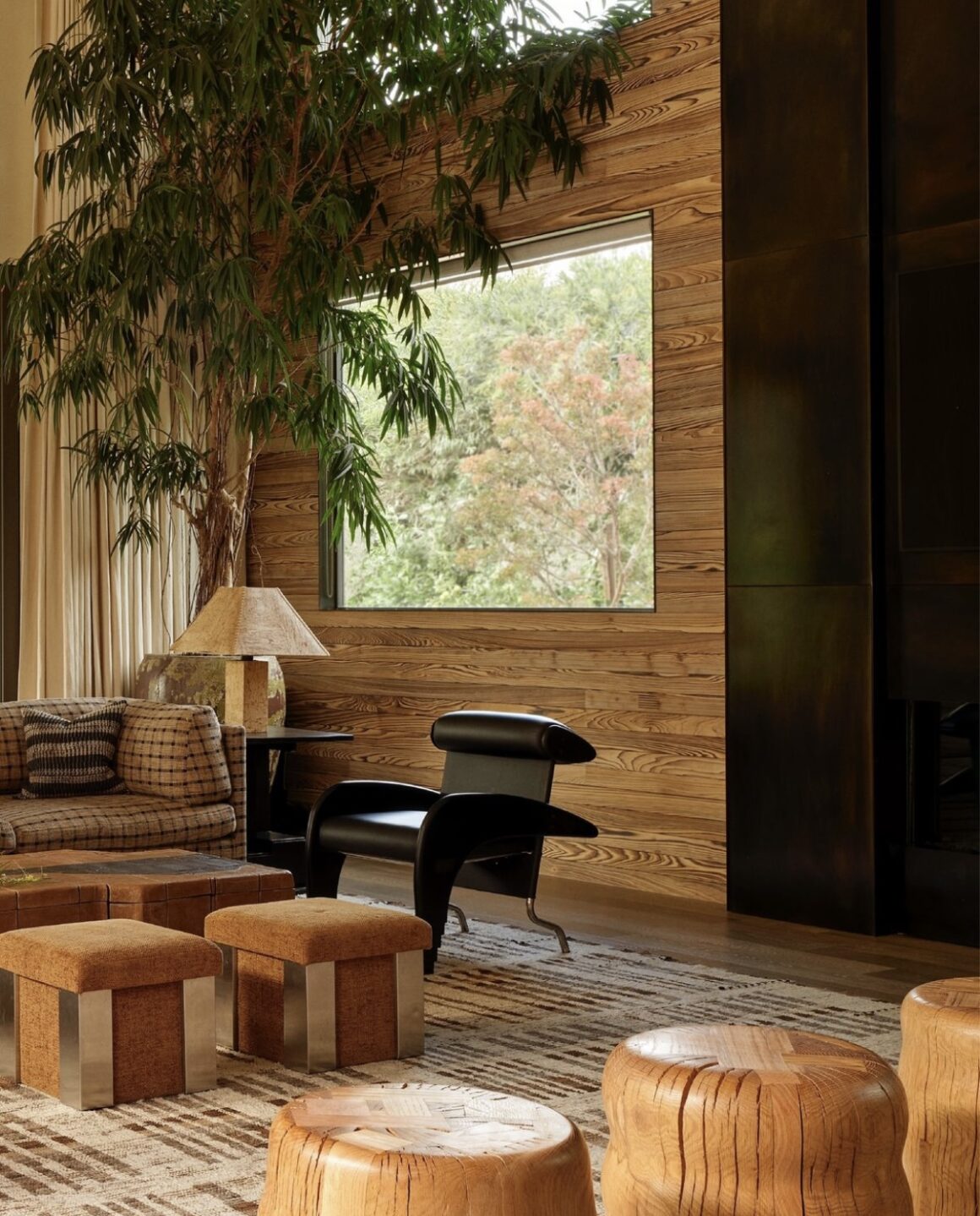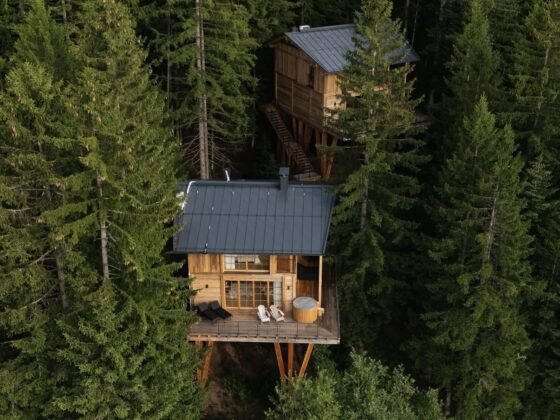Mixing different wood tones in your interior design might seem daunting, but it’s a tried-and-true technique that designers often use to add depth, character, and a curated feel to a space. When done thoughtfully, combining wood tones can create a warm and inviting atmosphere that feels layered and intentional.

Choose a Dominant Wood Tone
Start by identifying the primary wood tone in your space. This might be the color of your flooring, cabinetry, or a standout furniture piece. Use this dominant tone as a foundation, and build your design around it by incorporating complementary wood finishes.

Pay Attention to Undertones
Wood comes in a variety of undertones—warm (reds, oranges, yellows), cool (blues, grays), or neutral. Matching undertones helps create a cohesive look. For example, pairing warm-toned woods like oak with other warm hues can harmonize your space, while mixing warm and cool tones can add contrast and interest if done sparingly.

Create Contrast
Contrast is your best friend when mixing wood tones. A dark walnut coffee table can pop beautifully against light oak floors, creating a dynamic balance. The key is to ensure there’s enough variation to make the contrast intentional, rather than accidental.

Use Transitional Pieces
Transitional furniture or decor items that feature multiple wood tones can act as a bridge between different finishes. These pieces help blend contrasting wood hues seamlessly, making the overall look more unified.

Balance with Neutrals and Textiles
Neutral colors, textiles, and accessories can help tone down the mix of wood tones, ensuring the space doesn’t feel overwhelming. Rugs, curtains, and cushions can introduce patterns and colors that tie the various wood elements together, softening the overall look.

Consider Wood Grain and Finish
Don’t forget about the texture and finish of your wood pieces. A glossy, modern table may feel out of place next to distressed wood furniture. Mixing finishes and wood grains thoughtfully can add depth to your design, but maintaining some consistency—such as using similar grains—keeps the space feeling intentional.

Why It Works
Mixing wood tones creates visual interest and gives your space a curated, collected-over-time look. When done thoughtfully, it reflects personality and creativity, avoiding the overly “matchy” feel of identical wood tones throughout a room.
By following these tips, you can create an interior that’s dynamic, inviting, and uniquely yours. So go ahead—embrace the beauty of contrast and variety, and let your wood tones tell a story.





